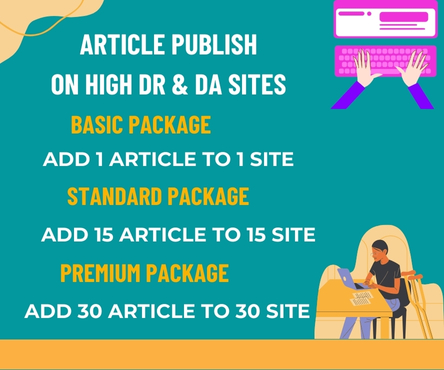In the digital age, content consumption has drastically evolved, with people seeking ways to engage with information more interactively and dynamically. Among the many forms of digital content, flipbooks have emerged as a powerful tool that outperforms traditional PDFs in terms of user engagement and retention. Understanding the psychology behind this shift is crucial for businesses, marketers, and content creators who want to maximize their audience’s attention and enhance the effectiveness of their content delivery. Visit now create flipbook
Flipbooks, unlike static PDFs, simulate the experience of flipping through a physical book. This feature taps into a fundamental human trait: our innate preference for tangible, real-world interactions. The act of flipping pages is deeply rooted in the physical world, and the digital flipbook replicates this sensation with its realistic page-turning effects, making it more engaging than a traditional PDF. This simple yet powerful feature appeals to our desire for immersion and enhances the overall user experience.
One of the key psychological factors behind the effectiveness of flipbooks is their ability to activate multiple senses. A PDF, while functional, is often static and one-dimensional. It delivers information in a linear manner, and users have to scroll or zoom to navigate through the content. Flipbooks, on the other hand, involve motion and interactivity, creating a sense of dynamism that keeps users more engaged. The visual appeal of turning a page triggers curiosity and encourages exploration, leading to longer engagement times compared to traditional PDFs.
Furthermore, flipbooks capitalize on the concept of “cognitive ease,” a principle from cognitive psychology that refers to the ease with which our brains process information. When information is presented in an interactive format, such as a flipbook, the cognitive load is reduced. The user doesn’t have to think too hard about how to navigate or interact with the content. This ease of use promotes a more positive emotional experience, making users more likely to stay engaged for a longer period.
The immersive nature of flipbooks also fosters a stronger sense of connection with the content. The tactile experience of flipping through a virtual book evokes emotions of nostalgia and familiarity. This emotional connection plays a significant role in how we retain and process information. Flipbooks often incorporate multimedia elements like images, videos, and links, further enhancing the sensory experience and making the content more memorable. By engaging multiple senses, flipbooks stimulate emotions and memory pathways that are more likely to stick with the user.
Another psychological benefit of flipbooks is the concept of “progressive disclosure.” Flipbooks are designed to reveal content in stages, one page at a time, creating a sense of progression and accomplishment as the user turns each page. This gradual reveal taps into the human desire for novelty and discovery. As users continue through the flipbook, they feel a sense of anticipation and excitement, which sustains their attention and motivates them to continue.
Additionally, flipbooks provide a more personalized experience. They allow for customization, such as the ability to adjust the viewing mode, zoom in on details, or share specific pages with others. This flexibility in interaction not only empowers users but also makes them feel in control of their experience, enhancing their overall satisfaction and engagement.
In contrast, PDFs, while still a popular format, are often seen as static, flat, and less interactive. The user experience is limited to scrolling or zooming in, and there is little to no interaction beyond the content itself. This lack of engagement can lead to users quickly losing interest and moving on to something else, especially in a world filled with distractions.
In conclusion, the psychology behind engagement reveals why flipbooks outperform PDFs in terms of user experience. By providing an interactive, immersive, and dynamic format, flipbooks activate multiple senses, reduce cognitive load, foster emotional connections, and enhance the sense of discovery. In a world where engagement is key to retaining users and ensuring content effectiveness, flipbooks offer a superior alternative to traditional PDFs. For businesses and content creators, embracing flipbooks as a medium for delivering information can significantly boost user engagement, satisfaction, and retention.

